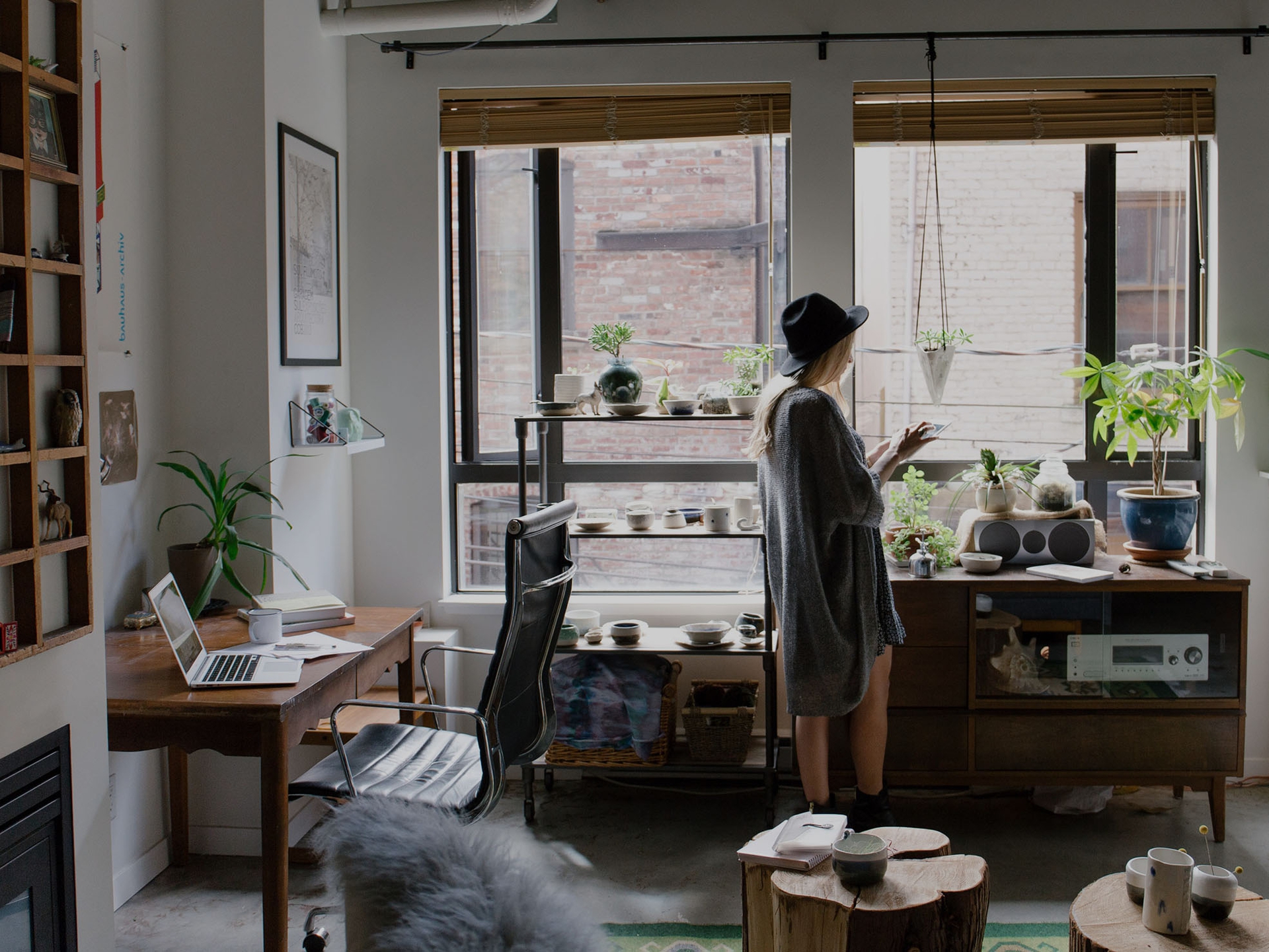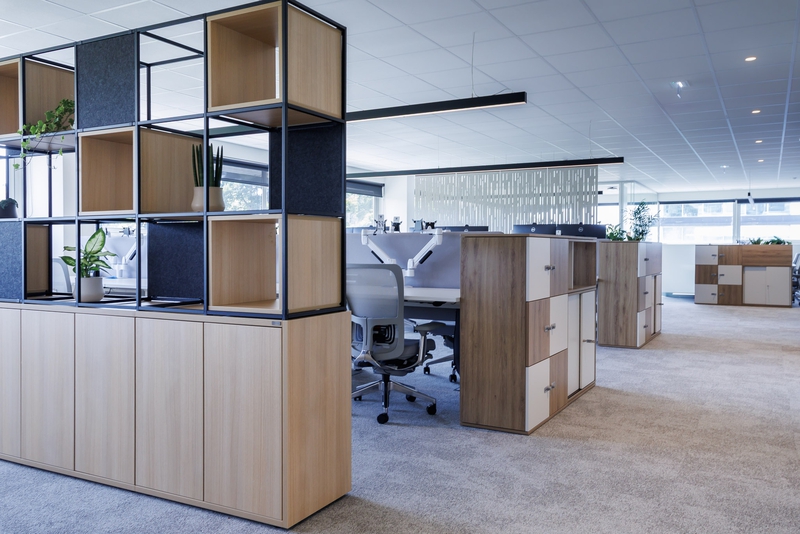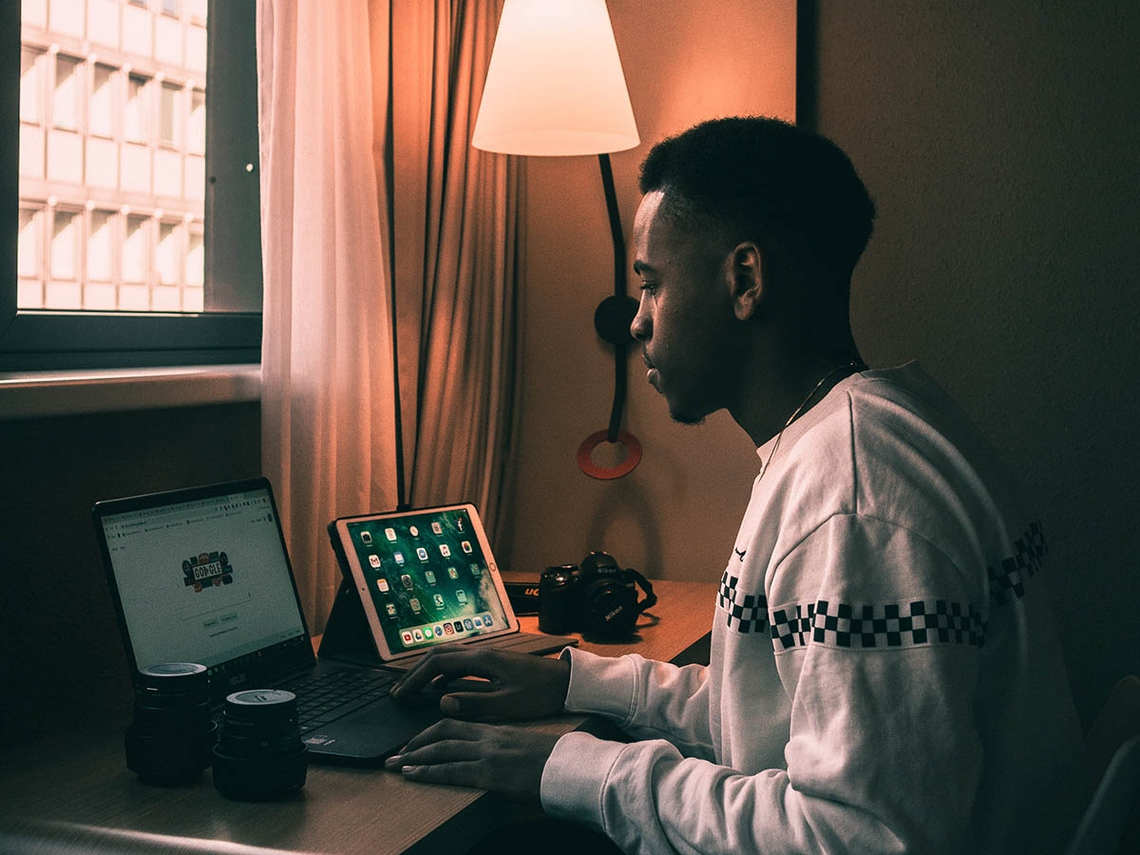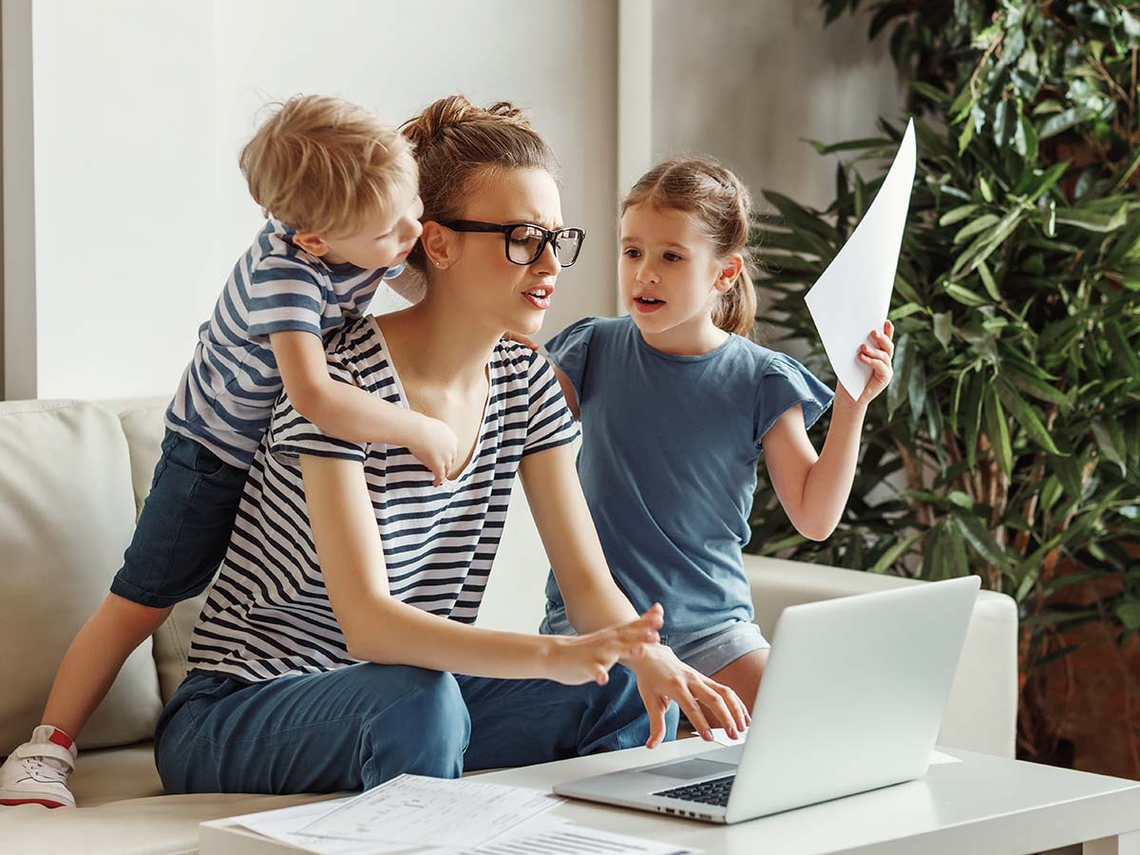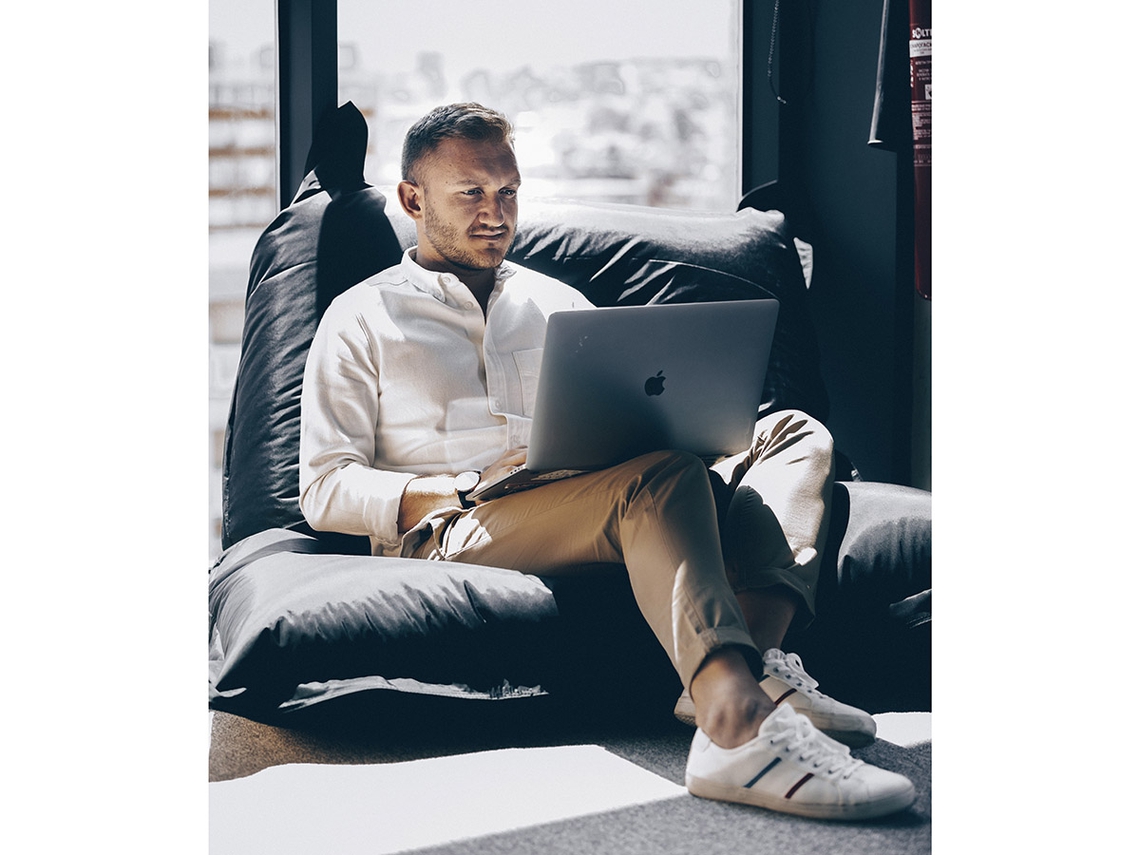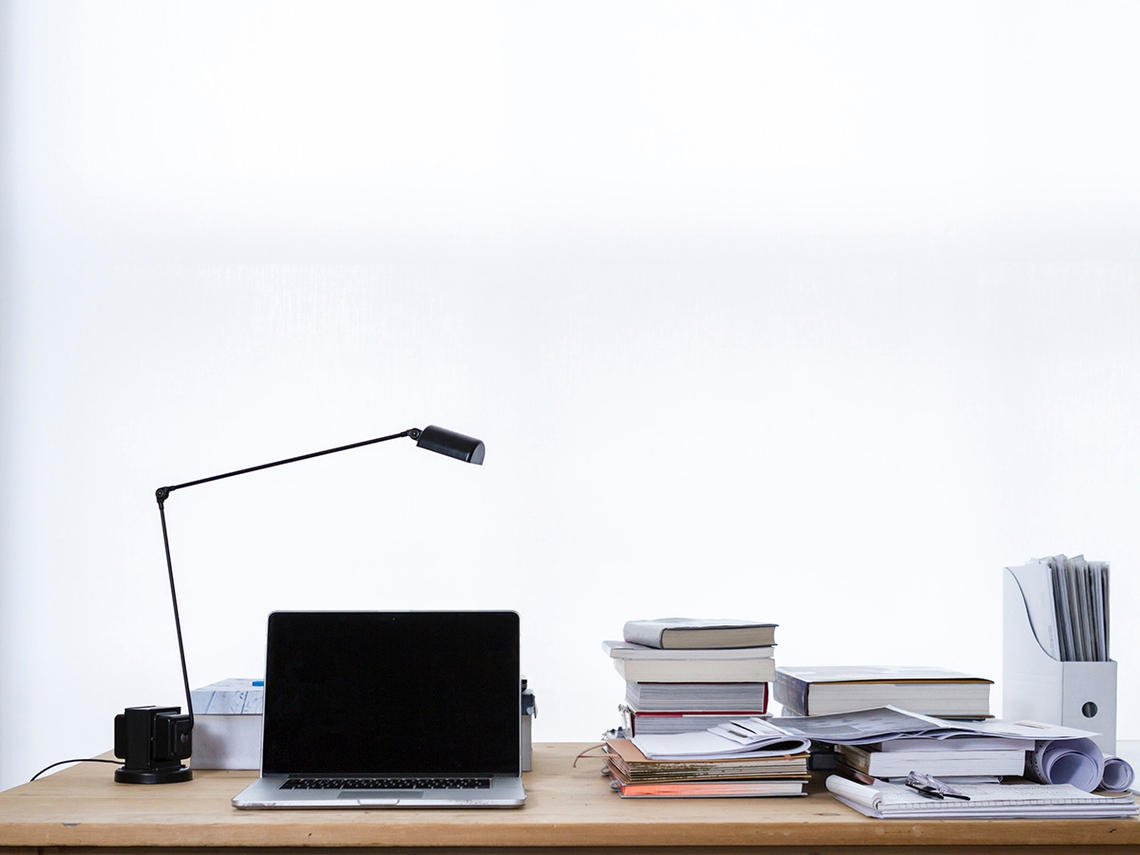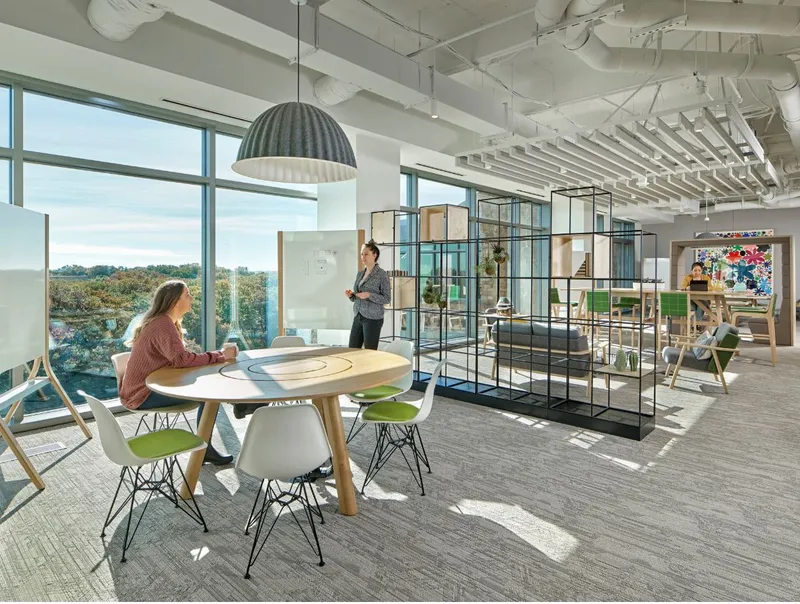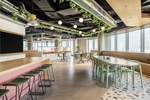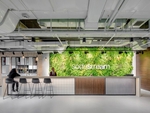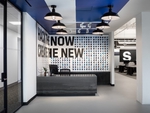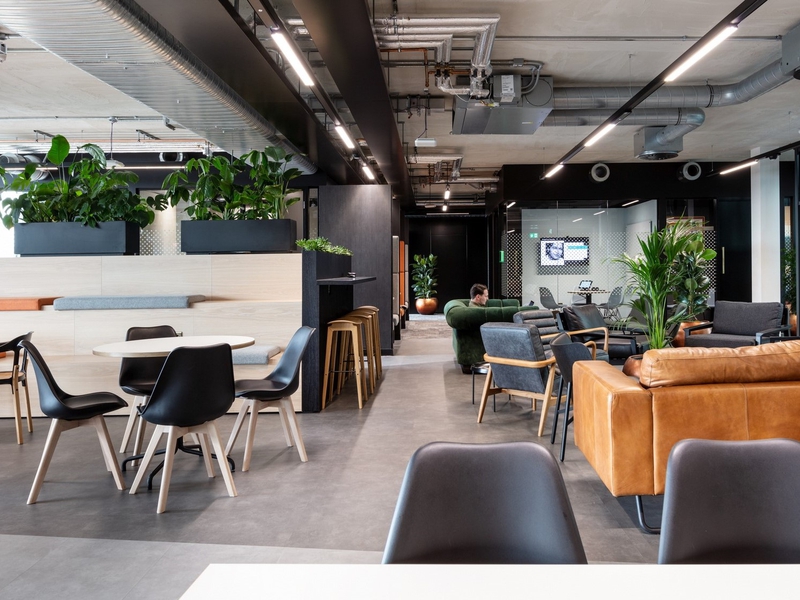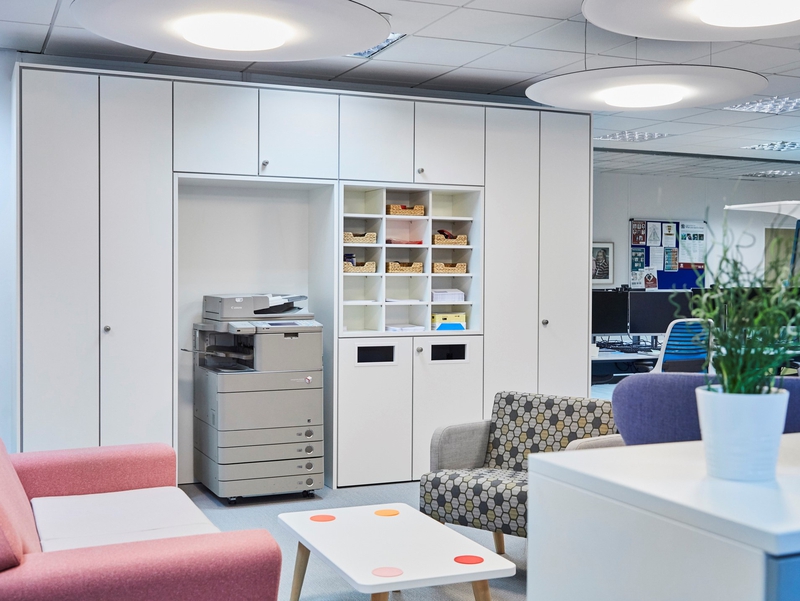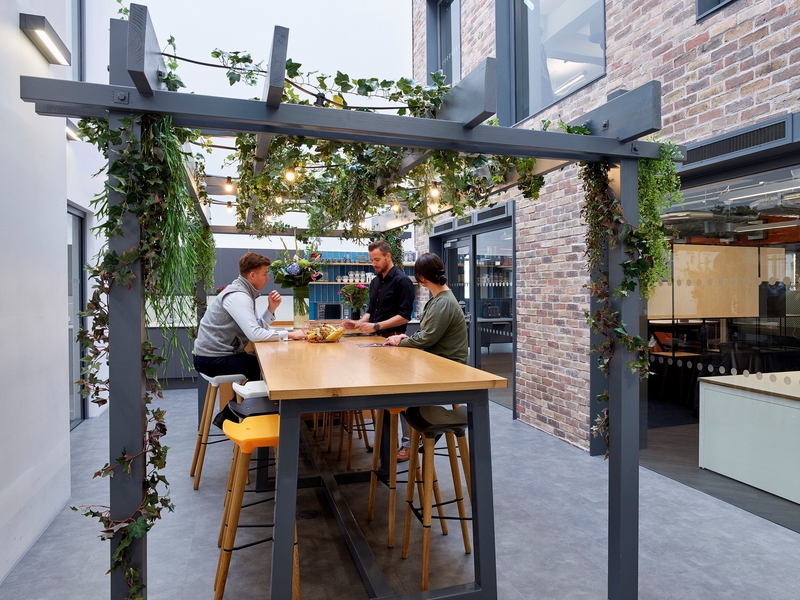18 Jun 2020
Industry Trends, Return to the Workspace Solutions
As many organisations build and define their workplace return strategies, the distributed working model is being viewed as a long-term reality, unlike many of us may have initially expected as COVID-19 forced us to retire to our homes. Three months in, and we have all discovered our optimal home office set up, and can say, for certain, whether it is or isn’t suited to our individual lifestyle. For some, every day is a challenge, whilst others are working better than ever before. From an organisational perspective, this communal experience has taught us a lot, and will have a significant influence on workplace strategy for the coming months and years.
Leading global tech firms like Facebook and Twitter have made some remarkably bold, game-changing decisions; Mark Zuckerberg, Facebook Inc. Chief Executive, announced plans to reconfigure operations over the next decade to enable up to half of its 45,000 employees to work from home, followed by Twitter Inc. announcing it will allow employees to work from home indefinitely. Trends within the tech world have a tendency to disseminate into other sectors, so it will be interesting to observe whether companies outside of the tech industry follow suit.

What Working From Home Has Taught Us
The work from home experiment introduced, without any warning, a completely unknown working environment - for most of us at least. The vast majority were not prepared for this. However, as each of us gradually refined our preferred setting, we quickly realised the benefits of staying home, as well as the accompanying drawbacks. The solitary nature of a home office setting is conducive to productive, uninterrupted focus time, with some even discovering a new level of efficiency with the absence of subconscious distractions. Removing the commute from the everyday routine has saved time and money, with the added environmental-friendly benefit of reducing carbon emissions. There are also the obvious physical health benefits associated with the avoidance of public transport and not mixing with large numbers of people, in the light of the health-related fears everyone is currently experiencing. More time spent at home makes way for more social family time and more opportunities for physical exercise, resulting in an overall boost to personal wellbeing.
But is this the case for everybody? No. In the same way that the ‘one size fits all’ approach does not apply to the workplace, it also does not apply to the home setting either. Whilst these benefits may make the home setting the definite preferred option for some, there will be many who are suffering under the pressure of personal circumstances that do not accommodate the scheme. A working parent, for instance, is likely to struggle to find the quiet solitary time they need for focused individual work, and the same may apply to a Gen Z worker who could be living in a shared accommodation which does not have the available space to escape the distraction of their flatmate, who is also working from home.

Virtual meetings have provided an imperfect solution for face-to-face collaboration. Although this is not likely to be a desirable permanent substitute, it has proved possible and everyone has become familiar with the same technology. From a social perspective, this experience has given everyone a glimpse into each other’s personal lives with a virtual display of home life lifting the professional veneer. Seeing our colleagues in a different light has taught us more about each other and helped maintain a more human connection. However, as virtual collaboration technology continues to be our only medium for connecting with one another, there are rising fears, particularly among executives, of this setting becoming too much and it’s current success declining.
According to a recent article from Gensler, research has shown that staff under lockdown conditions are working longer than standard hours. This is leading to greater concern about burnout as well as the negative effects on physical health of sitting for too long. Whilst removing the commute from everyday lives has many health benefits, there is no longer the physical separation the journey provides between work life and personal life. Our routines are becoming blurred, with a somewhat paradoxical, damaging impact on work-life balance.
Companies need to be mindful of mental wellbeing, as we discussed in a recent blog on loneliness. Whilst this experience has been a success for some, it’s reaffirmed the importance of the workplace being the communal collaborative hub of every company. It’s the active ecosystem of every organisation where its members are drawn to engage with the brand, experience a social connection with the cultural community, and to stay aligned with their purpose. A virtual environment does not support the same levels of creativity and innovation achieved in the workplace; the spontaneous, engaging nature of these interactions, and the collaborative stimulation felt by physical presence, is difficult to replicate digitally. The subtleties of communication like tone, expression and body language are a challenge to gauge in a virtual setting, and this causes collaboration to be all the more difficult when a working relationship is undeveloped.

Long-term Flexible Work Strategies
Gensler’s recent US Work From Home Survey found that 56% of people want to spend at least one day working from home per week. To accommodate physical distancing guidelines and renewed health and wellness practices, companies are beginning to put in place modified schedules and partial remote working to reduce the overall density in the workplace. Leadership will need to be mindful of the great work shift that all employees have experienced and how this may affect their preference for a more permanent work-from-home reality.
Employee health and wellbeing will be a top priority as people return to the workplace. And this cannot be ignored as the home environment becomes a more permanent place of work. All user experiences, regardless of location, should be equal and inclusive, and as companies formulate their strategies to support this distributed working model, certain considerations must be taken into account for the home office setting. For example, access to the best technology and ergonomic furniture. Sitting for the full length of a working day on a dining chair poses a risk to physical health with back ache and bad posture, so as companies prepare for permanence, they should be considerate and supportive of the physical needs of ergonomic equipment. It is also critical to protect and secure data both inside and outside of the office; greater technological support and new digital workflows will need to be implemented to ensure the hybrid work experience can take place securely and effectively.

Not only should physical health and practicalities be accounted for, but mental wellbeing has to be preserved. As we discussed in a recent blog, the coronavirus has exacerbated the loneliness epidemic, and the subsequent health risks of loneliness are alarming. Companies need to strive to overcome this by ensuring all their people remain socially connected; so being drawn to the physical workplace on a regular basis will nurture the sense of community and belonging. And although we have outlined the disadvantages of virtual meetings, this will continue to be a common medium for collaboration, so each company will need to discover and leverage the best virtual collaboration tools and trackers suited to their workforce to maintain transparency and connection remotely. A further contribution to supporting mental wellbeing would be executing new policies for remote workers that outline ‘shut-down’ times to reduce the risks of burnout and screen fatigue.
As we look ahead, we can plan and prepare for a future of distributed work based on a shared experience. From a leader’s perspective, the level of trust and confidence in teams has increased. For many, the radical shift to remote working proved to be a much greater success than initial expectations may have predicted. Watching one another work as normal, alongside the distractions and pressures of home life has engendered an elevated level of empathy for one another, and as we forge our path into the new era of the workplace, these growing values will give rise to a more human-centric thought process, shaping the best possible user experience across multiple locations.
Share this article
